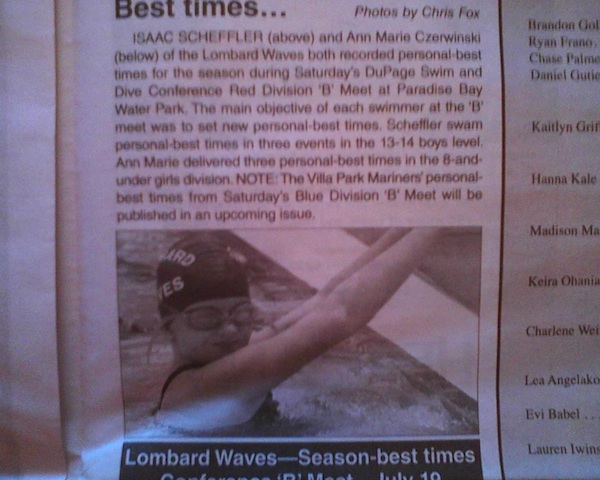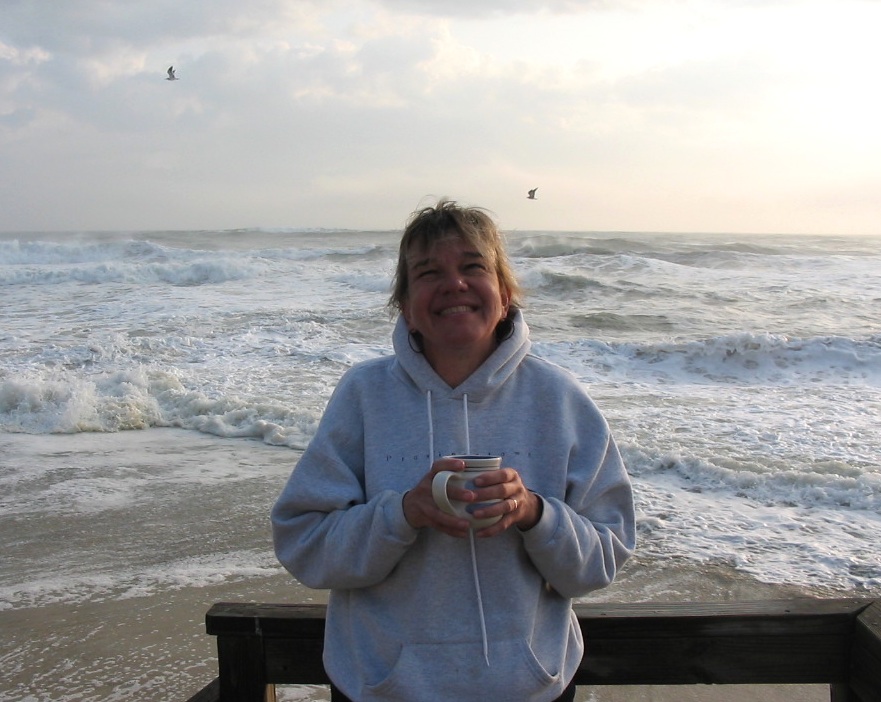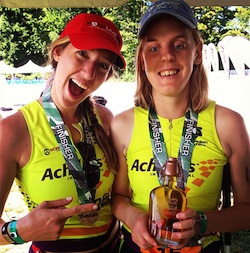All hail the mighty landline
July 26, 2014 • 30 Comments • Posted in Flo, questions kids ask, UncategorizedAnyone out there still have a land line? We do. We still use an answering machine, too. I came home from memoir class and pressed the button on that good ol’ answering machine the other day and was tickled to hear my eight-year-old great niece’s voice ringing out from a tiny speaker. I’ve written about little Floey here on the Safe & Sound blog many times before — AnnMarie Florence Czerwinski is the only offspring in our entire family to be blessed with my mom’s beautiful name. I call her Floey for short.
Anyways, Floey sounded excited on the answering machine, and she wanted me to call her back right away. “I have awesome news!” Beep! Another message. Floey again. “Oh, and when you call back, use this number.” I had to rewind the message a few times to get the number right, and hearing Floey’s voice over and over again, I couldn’t help but notice how loud and clear it sounded. A clue to the awesome news, I thought. maybe they got their landline back.
Like so many other friends and relatives, Floey’s family got rid of their landline years ago to save money. Mike and I talked about getting rid of ours, too, but Floey’s great-grandma Flo had a hard time understanding people who called from cell phones, and, to be honest, so do I. The quality of a conversation is sooooooo much better on a landline than a cell phone, and for obvious reasons, sound is very important to me. Others seem resigned to cell phone’s, but I’ve gotta wonder: if cell phones were the only thing humans could use to make calls, and word got out that some tech guru had come up with something called a landline, would the inventor make millions?
The last time Floey stayed overnight with me, she seemed pretty excited when I gave her permission to use our landline to call home, but after she picked up the reciever, she was dumbfounded. “Do I just push the buttons?”
Floey and her family just moved into a new house, and I figured their move might have triggered the decision to go back to a landline. Turns out there was more to it than that. After I returned Floey’s phone call, my niece Janet (Floey’s mom) called me back to say thanks. “It gave her a chance to practice on the house phone,” she said. . “with everyone using cell phones, it’s like little kids are not learning this anymore.”
Janet said her concern over her kids ability to use a regular phone started after she’d told Floey’s five-year-old brother Raymond one morning that she was going to the basement to do laundry. “About 5 minutes later, he was running through the house, screaming out windows, crying, ‘MOM! WHERE ARE YOU?’” She ran upstairs to comfort Ray, and the experience led her to go through some “what would you do?” scenarios with him. “I tried to show him how to use the cell,” she said. Raymond couldn’t figure out how to use it. “It was charged, but it had been sitting there a while so he had to wait for it to come alive, then plug in the password, then dial 911, and hit enter.”
Even when Janet helped him through the steps, Raymond couldn’t tell if the call went through, and whether it was actually dialing. They decided to invest in a landline again. That’s one reason I’d never thought of for keeping a landline, and now I wonder: do other grandparents and parents go out of their way to teach kids how to use landline phones?
I am one of the few people who will know Floey’s landline number, and when I told Floey how special that makes me feel, how excited I was about her awesome news, how cool it was that she has a landline like mine now, how nice it is to hear her voice so clearly on my phone, she sighed an exasperated sigh. If I didn’t know better, I’d swear I heard her eyes rolling. Floey’s awesome news had absolutely nothing to do with the landline. “We had a swim meet, and I got three personal bests,” she exclaimed. “My picture is in the newspaper!” She proceeded to describe herself doing the backstroke in the photo, then she read the caption, and then she read the story. And, thanks to the new landline, I could hear just how proud she is. Loud and clear.









